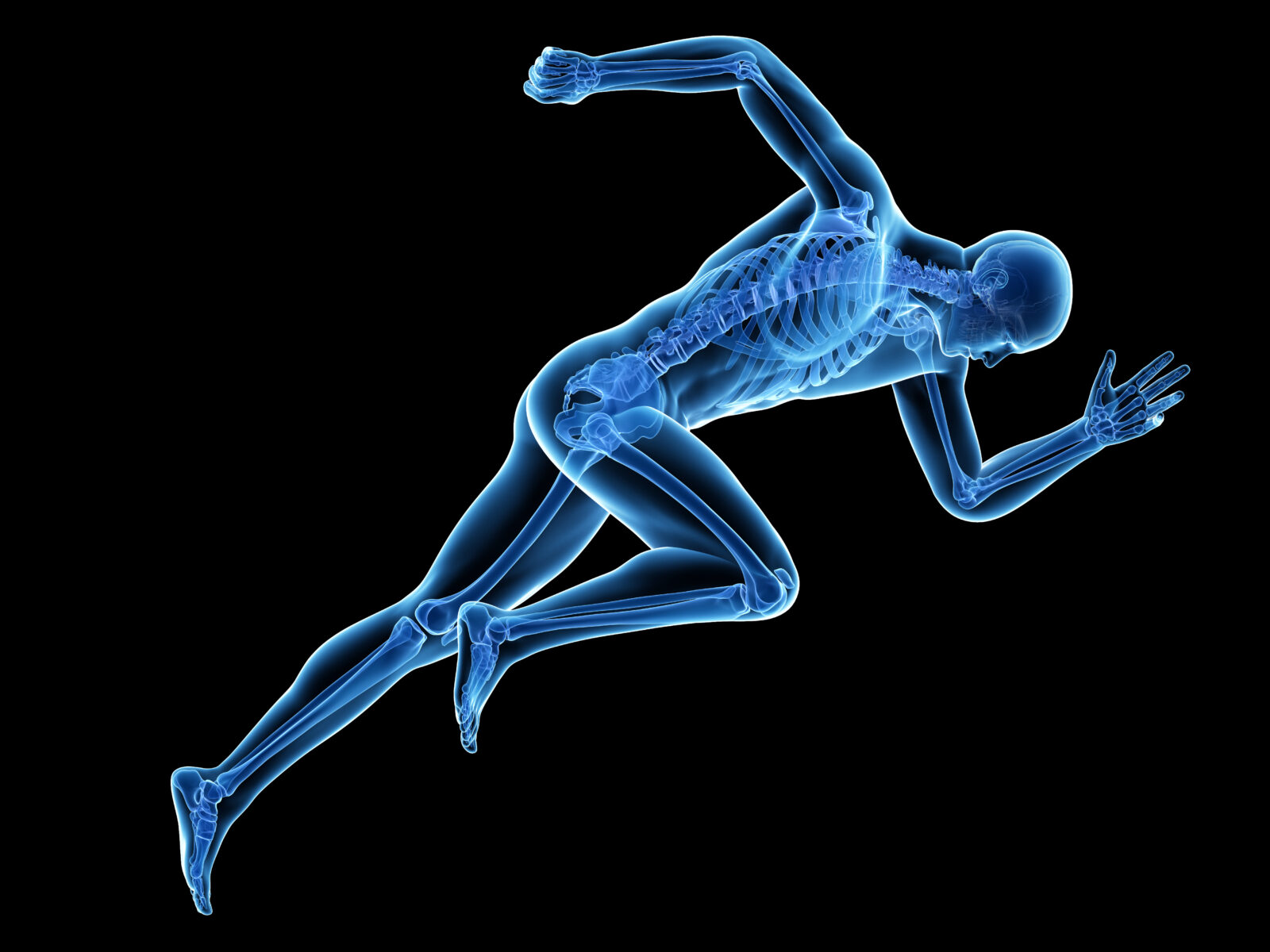


Engineering, not Evolution, Explains the Body

Brian Miller: The Surprising Relevance of Engineering in Biology
Today’s ID the Future brings listeners physicist and engineer Brian Miller’s recent lecture at the Dallas Conference on Science and Faith, “The Surprising Relevance of Engineering in Biology.” Miller rebuts several popular arguments for evolution based on claims of poor design in living systems, everything from the “backward wiring” of the vertebrate eye to whales, wrists, ankles, and “junk DNA.” But the main emphasis of this discussion is the exciting sea change in biology in which numerous breakthroughs are occurring by scientists who are treating living systems and subsystems as if they are optimally engineered systems. Some in this movement reject intelligent design for ideological reasons. Others embrace it. But all systems biologists treat these systems as if they are masterfully engineered systems, and that perspective is rapidly accelerating progress in experimental biology. At the forefront of this work is the Conference on Engineering in Living Systems (CELS). Miller provides an exciting sneak peek at some of the cutting edge research from members of this group.

Whales: New “Icon of Evolution” or a Challenge to Darwinian Theory?
On this episode of ID The Future, Casey Luskin discusses a recent fossil discovery that puts a kink in the evolutionary explanation of whales. Evolutionists claim that whales evolved from fully terrestrial mammals to fully aquatic ones in 5-10 million years. The new fossil find of a whale jaw bone shrinks that number considerably, making a shaky theory even shakier. Luskin explains that it’s highly unlikely that the number of changes needed for such a transformation could occur in such a small time period. “Mathematically speaking, it is not possible that an unguided Darwinian process could take a land mammal to a whale in such a short period of time.”
Read More ›